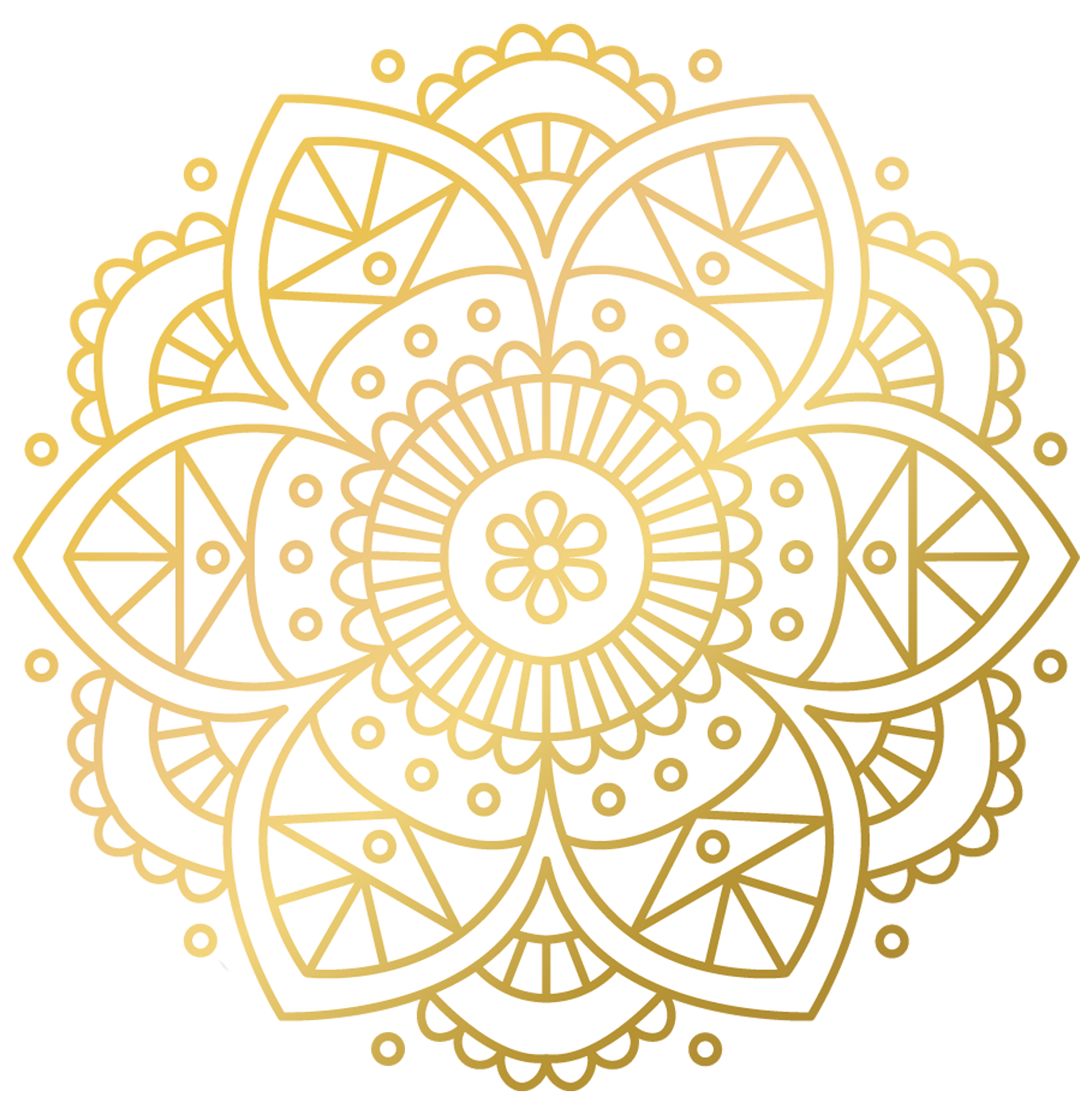
Kitchari: Ayurvedic Recipe
The word "kitchari" means mixture, and the kitchari dish itself is usually a combination of a grain and a legume in a warm soup. The dish usually uses rice and mung beans. Other whole grains and legumes such as lentils can also be used.
Kitchari is a traditional Indian dish made of dahl (broken yellow mung beans), basmati rice, ghee (clarified butter) and spices such as cumin, coriander, turmeric, and ginger, among others. The dish is used in the Indian healing system of ayurveda and in yoga therapy as a way to detoxify the body and balance the three doshas, or bioenergetic centres.
In ayurveda, the key to health is the balance between the vata, pitta, and kapha doshas, which are thought to circulate throughout the body and regulate physical, emotional, and mental health.
How to prepare Kitchari

Kitchari is a type of detox diet that is nutritious and can prevent deficiencies when combined with fresh fruits and steamed vegetables. This dish is usually consumed during panchakarma, the Ayurvedic process of cleansing and detoxifying the body. Since it easily affects the digestive system, khichari is also recommended when this system is weak due to illness.
Kichari is believed to help ignite the body's digestive and metabolic fires and eliminate any waste that may block the body's channels. Kitchari, also known as Indian dahl, is a popular dish on Indian restaurant menus. Like chicken soup in the West, it is traditionally recognised in India as the dish to eat when you are ill.
You will need:
- 6 cups of water
- 1/2 cup basmati rice
- 1 cup yellow or green mung beans
- 2-5 cups of chopped, organic, seasonal vegetables such as spinach, carrots, celery, cabbage, courgette, asparagus.
- 1/2 tbsp sesame oil or ghee
- 1 teaspoon cumin seeds (optional)
- 1 tablespoon mustard seeds (optional)
- 1/4 teaspoon hing (optional)
- Finely chopped ginger
- 1/2 teaspoon turmeric (optional)
- 1/2 teaspoon salt
- 1/2 teaspoon red pepper powder (optional)

Preparation:
- Carefully choose the rice and mung beans. Wash each separately several times under running water, then drain.
- Add 6 cups of water to the rice and mung beans and cook covered until tender, about 20 min.
- While cooking, prepare any vegetables that suit your constitution. Cut them into small pieces.
- Add the vegetables to the rice and cooked mung bean mixture and cook for a further 10 mins.
- In a separate pan, sauté the mustard seeds, cumin or hing (if using) in the ghee or sesame oil until bursting, about 30 sec.
- Then add the other spices. Stir well to release the flavours.
- Add the sautéed spices to the cooked mixture of rice, mung beans and vegetables.
- Finally, add the sea salt and chopped fresh coriander to taste and serve.
Suggested ingredients for each Dosha:

Adjust the recipe according to your dosha. Still don't know your dosha? Click here and take our test.
-
Dosha Vata
The best vegetables for a vata variation are carrots, courgettes, peas, sweet potatoes, and asparagus. The best spices and seeds are cumin, mustard, hing (asafetida), bishop's grass, cinnamon, cloves, turmeric, ginger, and coriander. -
Dosha Pitta
The best vegetables for a pitta variation are green leafy vegetables, broccoli, cauliflower, asparagus, zucchini, and carrots. The best spices and seeds are cumin, mustard, fennel, cardamom, turmeric, peppercorns, and coriander. -
Dosha Kapha
The best vegetables for a kapha variation are green leafy vegetables, Brussels sprouts, cauliflower, asparagus, and celery. The best spices and seeds are cumin, mustard, black pepper, turmeric, cloves, hing (asafetida), cinnamon, and coriander.
Please keep in mind that the information on https://www.arogya.earth/en is not meant to treat or prevent any disease or medical condition, nor is it meant to replace other therapies or medical advice.






















Leave a comment
This site is protected by hCaptcha and the hCaptcha Privacy Policy and Terms of Service apply.